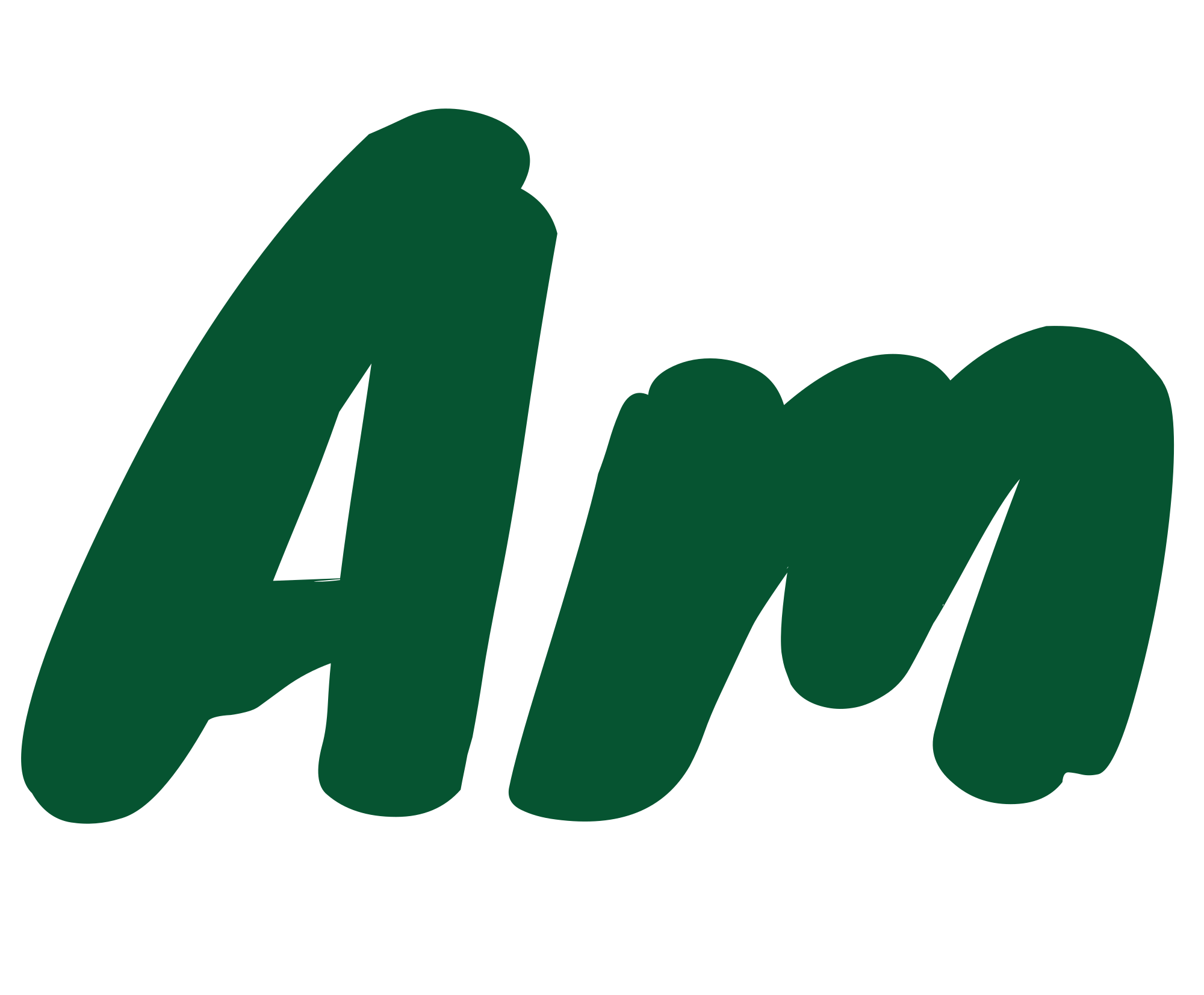Spa And Beauty Treatments Market Revenue And Consumer Spending Trends UK
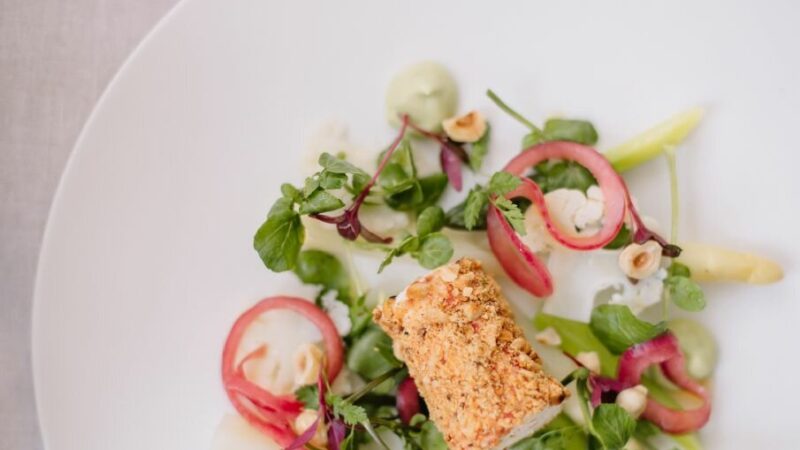
Market Size and Revenue
The UK Spa and Beauty Treatments market is a thriving sector, fueled by a growing consumer demand for wellness and self-care. Understanding the market size and revenue generated from various treatments is crucial for businesses to navigate this competitive landscape and capitalize on emerging trends. This article delves into the current state of the UK spa and beauty treatments market, analyzing key revenue drivers and consumer spending patterns.
Total Market Value
The total market value of the UK Spa and Beauty Treatments market is substantial and continues to grow. Revenue is generated from a wide range of services, including facials, massages, manicures, pedicures, and body treatments. Data indicates that skincare treatments are particularly popular among consumers, driving significant revenue for spas and beauty salons across the country.
Growth Rate Analysis
The total market value of the UK Spa and Beauty Treatments market is substantial and continues to grow. Revenue is generated from a wide range of services, including facials, massages, manicures, pedicures, and body treatments. Data indicates that skincare treatments are particularly popular among consumers, driving significant revenue for spas and beauty salons across the country.
Growth in this market is influenced by several factors:
- Rising disposable incomes among consumers
- Increasing awareness of the benefits of wellness and self-care
- The popularity of social media, which influences beauty trends and inspires people to seek out spa treatments
- Technological advancements in skincare and beauty treatments
Revenue by Segment (e.g., facials, massages, hair treatments)
Revenue generated by different segments within the UK Spa and Beauty Treatments market varies. Skincare treatments consistently rank among the most popular and lucrative services, accounting for a significant portion of overall revenue. Facial treatments, including anti-aging facials, brightening facials, and acne treatments, are particularly in demand.
Massages also contribute substantially to market revenue. Relaxing massages, deep tissue massages, and hot stone massages are popular choices among consumers seeking stress relief and therapeutic benefits.
Hair treatments, such as coloring, highlights, keratin treatments, and blow-dries, are another significant revenue generator for salons and spas.
Consumer Spending Trends
The UK Spa and Beauty Treatments market is a dynamic sector driven by growing consumer demand for wellness experiences. Understanding the financial performance of this market is crucial for businesses to thrive in a competitive landscape. This analysis examines current market trends, revenue streams, and consumer spending patterns within the UK spa and beauty treatments industry.
Average Spend per Customer
While precise average spend per customer figures are difficult to pinpoint without access to specific industry data, it’s clear that consumers in the UK are investing considerably in their wellness and beauty. Skincare treatments, particularly facials targeting specific concerns like anti-aging or acne, are leading revenue generators. Massages for relaxation and therapeutic benefits also contribute significantly to market revenue.
Hair treatments, encompassing coloring services, highlights, keratin treatments, and styling, further demonstrate the financial commitment consumers make to enhancing their appearance and well-being. The increasing popularity of these services suggests a sustained upward trend in average spend per customer.
Frequency of Treatments
Frequency of spa and beauty treatments varies considerably among consumers. Factors influencing treatment frequency include personal preferences, budget, lifestyle, and the nature of the treatment itself. Skincare treatments, due to their focus on maintaining long-term results, are often scheduled more regularly than one-time pampering experiences like massages or pedicures.
Consumers who prioritize skincare may opt for monthly facials or regular chemical peels to maintain youthful, healthy skin. Those seeking relaxation or stress relief might indulge in massages every few weeks or on a less frequent basis as needed.
Spending by Demographics (age, income, location)
Consumer spending trends in the UK Spa and Beauty Treatments market are heavily influenced by demographics.
- Age: Younger consumers (18-34) tend to be more experimental with treatments, often drawn to trendy services like facials with LED light therapy or injectables. Older consumers (55+) prioritize anti-aging treatments and seek restorative therapies like massage and aromatherapy.
- Income: Higher income earners are more likely to indulge in premium spa experiences, including bespoke facials, advanced laser treatments, and luxury massages. Lower income earners may opt for more affordable services or utilize discount promotions.
- Location: Urban areas with high concentrations of professionals and a fast-paced lifestyle tend to have higher demand for quick, results-oriented treatments like express facials and blow-dries. Rural communities may favor longer, more relaxing spa experiences.
Preferred Treatment Types
The UK Spa and Beauty Treatments market is a thriving sector fueled by a growing consumer demand for wellness and self-care. Understanding the market size and revenue generated from various treatments is crucial for businesses to navigate this competitive landscape and capitalize on emerging trends. This article delves into the current state of the UK spa and beauty treatments market, analyzing key revenue drivers and consumer spending patterns.
The total market value of the UK Spa and Beauty Treatments market is substantial and continues to grow. Revenue is generated from a wide range of services, including facials, massages, manicures, pedicures, and body treatments. Data indicates that skincare treatments are particularly popular among consumers, driving significant revenue for spas and beauty salons across the country.
Growth in this market is influenced by several factors: Rising disposable incomes among consumers, increasing awareness of the benefits of wellness and self-care, the popularity of social media, which influences beauty trends and inspires people to seek out spa treatments, and technological advancements in skincare and beauty treatments.
Revenue generated by different segments within the UK Spa and Beauty Treatments market varies. Skincare treatments consistently rank among the most popular and lucrative services, accounting for a significant portion of overall revenue. Facial treatments, including anti-aging facials, brightening facials, and acne treatments, are particularly in demand.
Massages also contribute substantially to market revenue. Relaxing massages, deep tissue massages, and hot stone massages are popular choices among consumers seeking stress relief and therapeutic benefits.
Hair treatments, such as coloring, highlights, keratin treatments, and blow-dries, are another significant revenue generator for salons and spas.
Consumer spending trends in the UK Spa and Beauty Treatments market are heavily influenced by demographics. Age: Younger consumers (18-34) tend to be more experimental with treatments, often drawn to trendy services like facials with LED light therapy or injectables. Older consumers (55+) prioritize anti-aging treatments and seek restorative therapies like massage and aromatherapy. Income: Higher income earners are more likely to indulge in premium spa experiences, including bespoke facials, advanced laser treatments, and luxury massages. Lower income earners may opt for more affordable services or utilize discount promotions. Location: Urban areas with high concentrations of professionals and a fast-paced lifestyle tend to have higher demand for quick, results-oriented treatments like express facials and blow-dries. Rural communities may favor longer, more relaxing spa experiences.
Key Drivers and Influences
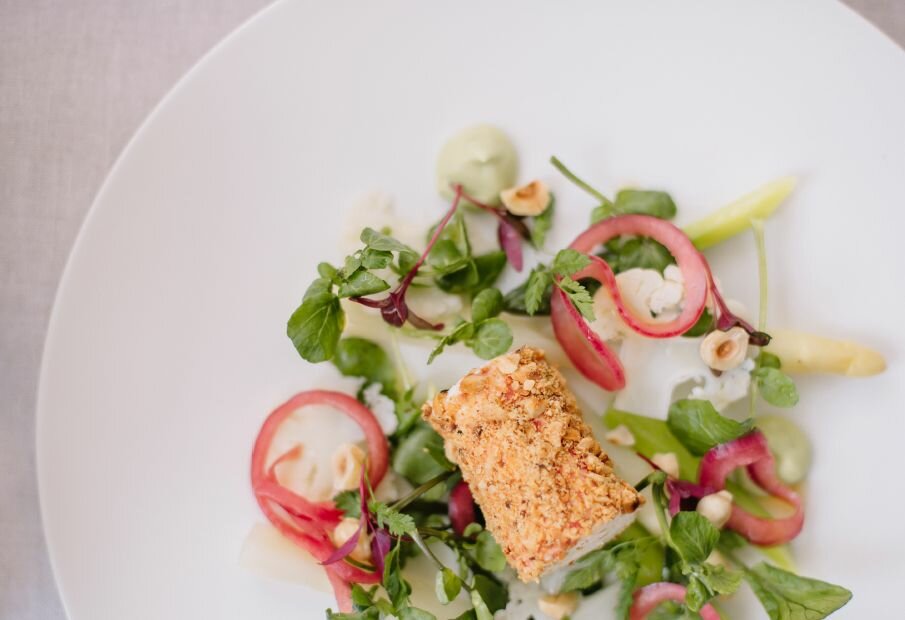
The UK Spa and Beauty Treatments market is experiencing significant growth, fueled by rising consumer interest in wellness and self-care. This upward trend is driven by several key factors, including increasing disposable incomes, growing awareness of the benefits of pampering and relaxation, the pervasive influence of social media beauty trends, and ongoing advancements in skincare and treatment technologies.
Wellness Focus
The UK Spa and Beauty Treatments market is a thriving sector, fueled by a growing consumer demand for wellness and self-care. Understanding the market size and revenue generated from various treatments is crucial for businesses to navigate this competitive landscape and capitalize on emerging trends. This article delves into the current state of the UK spa and beauty treatments market, analyzing key revenue drivers and consumer spending patterns.
The total market value of the UK Spa and Beauty Treatments market is substantial and continues to grow. Revenue is generated from a wide range of services, including facials, massages, manicures, pedicures, and body treatments. Data indicates that skincare treatments are particularly popular among consumers, driving significant revenue for spas and beauty salons across the country.
Growth in this market is influenced by several factors:
- Rising disposable incomes among consumers
- Increasing awareness of the benefits of wellness and self-care
- The popularity of social media, which influences beauty trends and inspires people to seek out spa treatments
- Technological advancements in skincare and beauty treatments
Revenue generated by different segments within the UK Spa and Beauty Treatments market varies. Skincare treatments consistently rank among the most popular and lucrative services, accounting for a significant portion of overall revenue. Facial treatments, including anti-aging facials, brightening facials, and acne treatments, are particularly in demand.
Massages also contribute substantially to market revenue. Relaxing massages, deep tissue massages, and hot stone massages are popular choices among consumers seeking stress relief and therapeutic benefits.
Hair treatments, such as coloring, highlights, keratin treatments, and blow-dries, are another significant revenue generator for salons and spas.
Consumer spending trends in the UK Spa and Beauty Treatments market are heavily influenced by demographics.
- Age: Younger consumers (18-34) tend to be more experimental with treatments, often drawn to trendy services like facials with LED light therapy or injectables. Older consumers (55+) prioritize anti-aging treatments and seek restorative therapies like massage and aromatherapy.
- Income: Higher income earners are more likely to indulge in premium spa experiences, including bespoke facials, advanced laser treatments, and luxury massages. Lower income earners may opt for more affordable services or utilize discount promotions.
- Location: Urban areas with high concentrations of professionals and a fast-paced lifestyle tend to have higher demand for quick, results-oriented treatments like express facials and blow-dries. Rural communities may favor longer, more relaxing spa experiences.
Stress Management
The UK Spa and Beauty Treatments market is thriving due to a growing consumer desire for wellness and self-care. Understanding revenue drivers and spending patterns is crucial for businesses to succeed in this competitive landscape. This article examines the current state of the UK spa and beauty treatments market, analyzing key revenue generators and consumer behavior.
Several factors contribute to growth in this market:
- Rising disposable incomes provide consumers with more financial flexibility to spend on discretionary services like spa treatments.
- Increased awareness of the mental and physical health benefits associated with relaxation and self-care drives demand for spa experiences.
- Social media platforms heavily influence beauty trends, inspiring consumers to try new treatments and maintain a certain aesthetic.
- Technological advancements in skincare and beauty treatments offer innovative solutions, attracting consumers seeking cutting-edge solutions.
Skincare treatments are particularly popular, consistently generating significant revenue. Facial treatments, such as anti-aging facials, brightening facials, and acne treatments, are in high demand.
Massages also contribute substantially to market revenue, with relaxing massages, deep tissue massages, and hot stone massages appealing to consumers seeking stress relief and therapeutic benefits. Hair treatments, including coloring, highlights, keratin treatments, and blow-dries, further contribute to the overall revenue stream for salons and spas.
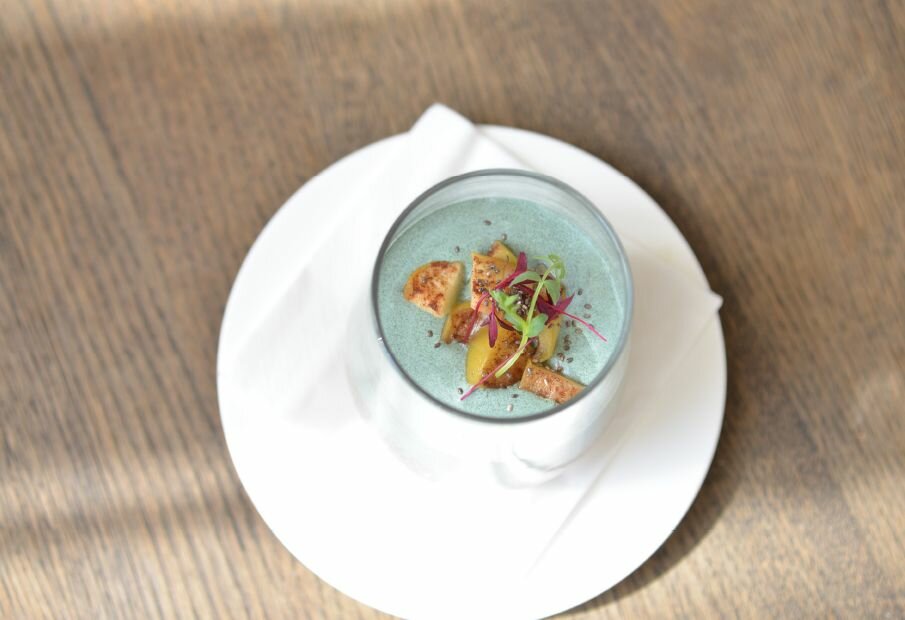
Consumer spending patterns are influenced by demographics:
- Age: Younger consumers (18-34) are more likely to try trendy treatments like LED light therapy facials or injectables. Older consumers (55+) prioritize anti-aging treatments and restorative therapies like massage and aromatherapy.
- Income: Higher income earners often indulge in premium spa experiences, such as bespoke facials, advanced laser treatments, and luxury massages. Lower income earners may opt for more affordable services or utilize discount promotions.
- Location: Urban consumers with fast-paced lifestyles tend to prefer quick, results-oriented treatments like express facials and blow-dries. Rural consumers may gravitate towards longer, more relaxing spa experiences.
Rising Disposable Income
Rising disposable incomes are a key driver of growth in the UK Spa and Beauty Treatments market. As consumers have more financial flexibility, they are increasingly willing to spend on discretionary services that enhance their well-being and appearance. This trend is particularly noticeable among younger generations who prioritize self-care and personal grooming.
Social Media Influence
Social media plays a significant role in shaping consumer demand within the UK Spa and Beauty Treatments market. Platforms like Instagram, TikTok, and YouTube expose individuals to a constant stream of beauty trends, product recommendations, and treatment demonstrations.
Influencers and bloggers often partner with spas and salons, promoting specific treatments or services to their followers. This online exposure can generate significant buzz and drive bookings. Consumers are more likely to seek out treatments that they see being endorsed by individuals they admire or perceive as relatable.
Social media also fosters a sense of community among beauty enthusiasts. Online forums and groups allow individuals to share experiences, reviews, and recommendations for spa treatments. This word-of-mouth marketing can be highly influential in shaping consumer choices.
Emerging Trends and Innovations
The UK Spa and Beauty Treatments market is thriving due to a growing consumer desire for wellness and self-care. Understanding revenue drivers and spending patterns is crucial for businesses to succeed in this competitive landscape. This article examines the current state of the UK spa and beauty treatments market, analyzing key revenue generators and consumer behavior.
Several factors contribute to growth in this market: Rising disposable incomes provide consumers with more financial flexibility to spend on discretionary services like spa treatments. Increased awareness of the mental and physical health benefits associated with relaxation and self-care drives demand for spa experiences. Social media platforms heavily influence beauty trends, inspiring consumers to try new treatments and maintain a certain aesthetic. Technological advancements in skincare and beauty treatments offer innovative solutions, attracting consumers seeking cutting-edge solutions.
Skincare treatments are particularly popular, consistently generating significant revenue. Facial treatments, such as anti-aging facials, brightening facials, and acne treatments, are in high demand. Massages also contribute substantially to market revenue, with relaxing massages, deep tissue massages, and hot stone massages appealing to consumers seeking stress relief and therapeutic benefits. Hair treatments, including coloring, highlights, keratin treatments, and blow-dries, further contribute to the overall revenue stream for salons and spas.
Consumer spending patterns are influenced by demographics: Younger consumers (18-34) are more likely to try trendy treatments like LED light therapy facials or injectables. Older consumers (55+) prioritize anti-aging treatments and restorative therapies like massage and aromatherapy. Higher income earners often indulge in premium spa experiences, such as bespoke facials, advanced laser treatments, and luxury massages. Lower income earners may opt for more affordable services or utilize discount promotions. Urban consumers with fast-paced lifestyles tend to prefer quick, results-oriented treatments like express facials and blow-dries. Rural consumers may gravitate towards longer, more relaxing spa experiences.
Technological Advancements (e.g., AI-powered treatments)
The UK Spa and Beauty Treatments market is experiencing robust growth, fueled by a confluence of factors including rising disposable incomes, increasing awareness of wellness benefits, social media influence, and technological advancements. This dynamic sector offers lucrative opportunities for businesses that understand consumer trends and adapt to evolving demands.
A key driver of this growth is the increasing focus on self-care and mental well-being. Consumers are recognizing the value of investing in treatments that promote relaxation, stress reduction, and overall health. This trend extends beyond traditional spa experiences to encompass a wider range of services, such as massage therapy, aromatherapy, and mindfulness practices.
Technological advancements are also shaping the market. Innovative skincare technologies like LED light therapy, microdermabrasion, and ultrasonic treatments are attracting consumers seeking cutting-edge solutions for their skin concerns. Additionally, AI-powered diagnostic tools and personalized treatment recommendations are enhancing the customer experience and driving service adoption.
Furthermore, social media platforms play a pivotal role in shaping consumer preferences within the UK Spa and Beauty Treatments market. Visual platforms like Instagram and TikTok showcase treatments, products, and experiences, influencing consumers’ perceptions of beauty and wellness. Influencer marketing and online reviews have become powerful drivers of brand awareness and customer acquisition.
Understanding these trends is crucial for businesses operating in this competitive landscape. Adapting to changing consumer demands, embracing technological innovation, and leveraging the power of social media will be essential for success in the UK Spa and Beauty Treatments market.
Sustainability and Eco-Friendly Practices
The UK Spa and Beauty Treatments market is a dynamic and growing sector fueled by increasing consumer demand for wellness and self-care. This article delves into key revenue drivers and spending patterns within this thriving market, providing valuable insights for businesses seeking to capitalize on emerging trends.
Several factors contribute to the robust growth of the UK Spa and Beauty Treatments market:
* **Rising Disposable Incomes:** As disposable incomes rise, consumers allocate more funds towards discretionary services that enhance their well-being and appearance, such as spa treatments.
* **Increased Wellness Awareness:** Consumers are increasingly prioritizing mental and physical health, recognizing the benefits of relaxation, stress reduction, and self-care practices offered by spa experiences.
* **Social Media Influence:** Platforms like Instagram and TikTok showcase beauty trends, products, and treatments, shaping consumer perceptions and driving demand for specific services. Influencers and online reviews play a significant role in brand awareness and customer acquisition.
* **Technological Advancements:** Innovative skincare technologies, such as LED light therapy, microdermabrasion, and ultrasonic treatments, attract consumers seeking cutting-edge solutions for their skin concerns. AI-powered diagnostic tools and personalized treatment recommendations enhance the customer experience.
Skincare treatments consistently rank among the most popular and lucrative services within the UK Spa and Beauty Treatments market:
* **Facial Treatments:** Anti-aging facials, brightening facials, and acne treatments are in high demand as consumers seek to address specific skin concerns.
* **Body Treatments:** Body wraps, scrubs, and massages contribute significantly to market revenue, offering relaxation, detoxification, and rejuvenation benefits.
Consumer spending patterns within the UK Spa and Beauty Treatments market vary depending on several demographic factors:
* **Age:** Younger consumers (18-34) are more likely to experiment with trendy treatments like LED light therapy facials or injectables. Older consumers (55+) prioritize anti-aging treatments and restorative therapies like massage and aromatherapy.
* **Income:** Higher income earners are more likely to indulge in premium spa experiences, including bespoke facials, advanced laser treatments, and luxury massages. Lower income earners may opt for more affordable services or utilize discount promotions.
* **Location:** Urban consumers with fast-paced lifestyles tend to prefer quick, results-oriented treatments like express facials and blow-dries. Rural consumers may gravitate towards longer, more relaxing spa experiences.
The UK Spa and Beauty Treatments market presents exciting opportunities for businesses that can adapt to evolving consumer demands, embrace technological advancements, and leverage the power of social media. Understanding key revenue drivers and spending patterns is crucial for success in this dynamic sector.
Personalized Treatments and Experiences
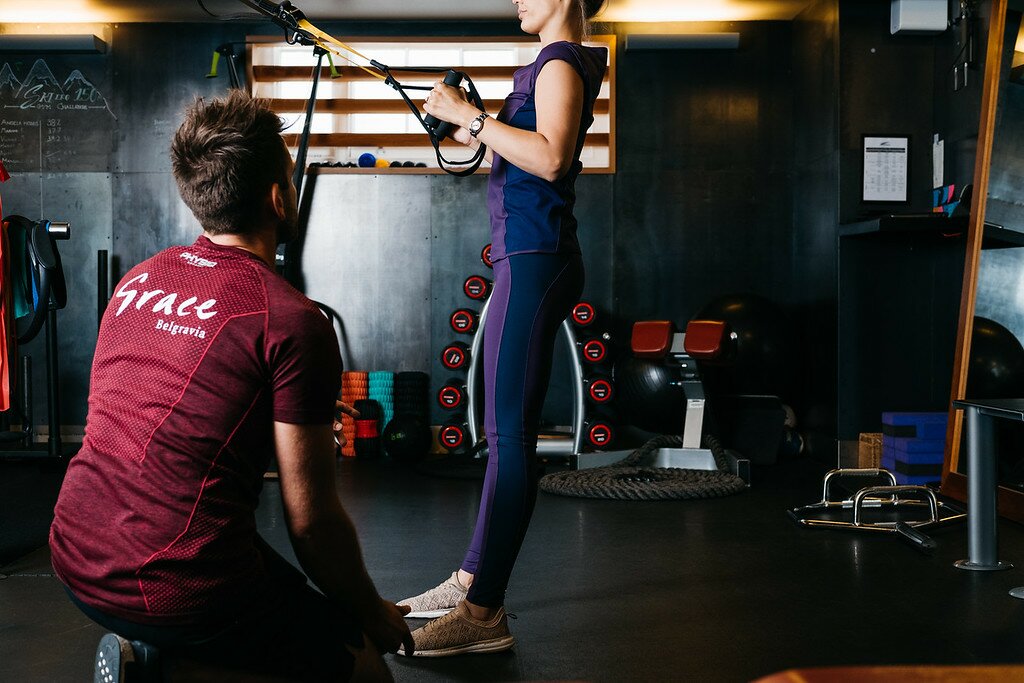
Emerging Trends and Innovations:
- Personalized Treatments: Advancements in technology are enabling spas to offer highly personalized treatments tailored to individual skin types, concerns, and preferences. This includes AI-powered diagnostic tools that analyze skin conditions and recommend customized treatment plans.
- Holistic Wellness Approaches: There is a growing trend towards holistic wellness, encompassing mind-body therapies like aromatherapy, meditation, and yoga. Spas are incorporating these practices into their services to provide a more comprehensive and transformative experience.
- Sustainable and Eco-Friendly Practices: Consumers are increasingly conscious of environmental impact, leading to demand for sustainable products and practices in the beauty industry. Spas are adopting eco-friendly cleaning solutions, using organic ingredients, and minimizing waste.
- Virtual Reality (VR) and Augmented Reality (AR): VR and AR technologies are being integrated into spa treatments to enhance relaxation, visualization, and overall experience. Imagine immersive underwater scenes during a massage or interactive skin analysis using AR.
Challenges and Opportunities
The UK Spa and Beauty Treatments market is flourishing, driven by consumers’ increasing desire for wellness and self-care. Understanding the revenue drivers and spending patterns within this dynamic sector is crucial for businesses to thrive.
Several factors contribute to the market’s robust growth: rising disposable incomes, a heightened awareness of well-being benefits, the pervasive influence of social media, and continuous advancements in skincare and treatment technologies.
Skincare treatments consistently generate significant revenue. Facial treatments like anti-aging facials, brightening facials, and acne treatments are in high demand. Massage services, including relaxing massages, deep tissue massages, and hot stone massages, also contribute substantially to market revenue by appealing to consumers seeking stress relief and therapeutic benefits. Hair treatments, such as coloring, highlights, keratin treatments, and blow-dries, further enhance the overall revenue stream for salons and spas.
Consumer spending habits are influenced by demographics:
* **Age:** Younger consumers (18-34) tend to embrace trendy treatments like LED light therapy facials or injectables, while older consumers (55+) prioritize anti-aging treatments and restorative therapies like massage and aromatherapy.
* **Income:** Higher income earners often indulge in premium spa experiences, such as bespoke facials, advanced laser treatments, and luxury massages. Lower income earners may opt for more affordable services or utilize discount promotions.
* **Location:** Urban consumers with busy lifestyles often prefer quick, results-oriented treatments like express facials and blow-dries. Rural consumers may gravitate towards longer, more relaxing spa experiences.
The UK Spa and Beauty Treatments market is poised for continued growth as consumer demand for wellness and self-care continues to rise. Businesses that can adapt to evolving trends, embrace technology, and offer personalized experiences will be well-positioned for success in this dynamic sector.
Competition and Saturation
The UK Spa and Beauty Treatments market presents a dynamic landscape with both opportunities and challenges.
- Opportunities:
- Growing Demand for Wellness: The increasing emphasis on mental and physical well-being drives demand for spa services that offer relaxation, stress relief, and rejuvenation.
- Technological Advancements: Innovative skincare technologies and personalized treatment options attract consumers seeking cutting-edge solutions.
- Rise of Millennial & Gen Z Spending: Younger generations are more likely to invest in self-care and experiences, driving growth in the market.
- Social Media Influence: Platforms like Instagram and TikTok shape beauty trends and influence consumer choices, creating opportunities for targeted marketing.
- Challenges:
- Market Saturation: The increasing number of spas and beauty salons leads to intense competition for customers.
- Pricing Pressure: Consumers are increasingly price-sensitive, putting pressure on businesses to offer competitive pricing without compromising quality.
- Talent Acquisition and Retention: The industry faces challenges in attracting and retaining skilled therapists and estheticians.
- Economic Uncertainty: Fluctuations in the economy can impact consumer spending on discretionary services like spa treatments.
Staffing Shortages
The UK Spa and Beauty Treatments market is experiencing strong growth, driven by consumers’ increasing focus on wellness and self-care. This trend presents significant opportunities for businesses that can effectively cater to these evolving demands.
However, the market also faces challenges, particularly related to competition, pricing pressure, and talent acquisition. Businesses need to be agile and innovative to navigate these hurdles successfully.
Here’s a closer look at some key opportunities and challenges:
**Opportunities:**
* **Growing Demand for Holistic Wellness:** Consumers are increasingly seeking comprehensive wellness experiences that address not only physical health but also mental and emotional well-being. Spas that offer holistic services incorporating elements like aromatherapy, meditation, yoga, or nutritional guidance can attract a wider clientele.
* **Technological Advancements:** Advancements in technology present opportunities to enhance the customer experience. AI-powered diagnostic tools, personalized treatment recommendations, virtual reality experiences, and digital booking platforms can all elevate the spa experience and drive customer loyalty.
* **Rise of Experiential Spending:** Millennials and Gen Z are more likely to spend on experiences rather than material possessions. This trend benefits the spa industry, as spa treatments offer a unique and memorable experience that caters to this desire.
* **Focus on Sustainability:** Growing environmental awareness presents an opportunity for spas to differentiate themselves by adopting eco-friendly practices. Using organic products, minimizing waste, and implementing energy-saving measures can appeal to environmentally conscious consumers.
**Challenges:**
* **Intensified Competition:** The spa industry is becoming increasingly competitive, with new businesses constantly entering the market. Spas need to find innovative ways to stand out from the crowd and offer unique selling propositions to attract customers.
* **Pricing Pressures:** Consumers are more price-sensitive than ever before. Spas need to carefully balance pricing strategies to ensure profitability while remaining competitive in the market. Offering packages, discounts, and loyalty programs can help attract budget-conscious consumers.
* **Talent Acquisition and Retention:** The spa industry faces a shortage of skilled therapists and estheticians. Providing competitive salaries, benefits, and training opportunities is crucial for attracting and retaining top talent.
* **Economic Fluctuations:** Economic downturns can impact consumer spending on discretionary services like spa treatments. Spas need to be prepared to adapt their offerings and pricing strategies in response to economic changes.
The UK Spa and Beauty Treatments market presents a dynamic landscape with both promising opportunities and significant challenges. Businesses that can effectively capitalize on emerging trends, embrace innovation, and navigate the competitive environment will be well-positioned for long-term success.
Regulation and Licensing
The UK Spa and Beauty Treatments market is thriving due to several key factors. Consumers are increasingly prioritizing self-care and wellness, leading to a surge in demand for spa services that promote relaxation, stress reduction, and overall well-being. This trend is further fueled by the growing popularity of social media platforms like Instagram and TikTok, where beauty trends and treatment recommendations are widely shared, influencing consumer choices.
However, this growth also presents challenges. Competition within the market is intensifying, with new spas and salons constantly emerging. Businesses need to differentiate themselves through unique services, exceptional customer experiences, and targeted marketing strategies. The cost of providing high-quality treatments and attracting skilled staff can also be a challenge, necessitating careful financial management and pricing strategies.
To ensure success, businesses in the UK Spa and Beauty Treatments market must stay attuned to consumer trends, invest in technology and innovation, and focus on delivering personalized experiences that cater to individual needs.
Regulations and Licensing
The beauty and wellness industry is subject to various regulations and licensing requirements in the UK. These regulations aim to protect public health and safety by ensuring that businesses operate ethically and hygienically.
- Salon and Spa Licensing: Most salons and spas require a license from their local council or governing body. This typically involves meeting certain health and safety standards, such as having adequate sanitation practices, trained staff, and proper equipment.
- Cosmetology Licenses: Therapists providing specific treatments like hairdressing, nail care, or beauty therapy often require individual licenses issued by professional bodies. These licenses usually involve completing a recognized training course and passing an exam.
- Product Safety and Testing: Cosmetics products sold in the UK must comply with strict safety regulations set by the Health and Safety Executive (HSE). This includes requirements for labeling, ingredient declaration, and product testing.
Adhering to these regulations is crucial for businesses operating in this sector. It ensures consumer safety, builds public trust, and allows businesses to operate legally and ethically.
Personal training and performance coaching
NCity Mag
Spill the Beans Nutrition
- Will My Boyfriend Notice If I Get Lip Fillers? - June 24, 2025
- What Is The Cost Of Dimpled Chin Treatment In The UK - June 20, 2025
- What Are The Most Popular Lip Filler Brands In The UK? - June 19, 2025
